
Medical Drone Deliveries: A Game-Changer for Healthcare

As stated in the Economic Survey 2024-25 released by the Department of Economic Affairs, drones have transformed the Indian healthcare industry. They are improving healthcare by making medical delivery and services faster and more affordable.
Medical drones can deliver lifesaving drugs and equipment in emergencies. Furthermore, drones help emergency medical services by providing support during peak demand or emergencies or when traditional delivery is not possible. Drones improve medical deliveries' efficacy, speed, and reach in inaccessible locations.

Role of DGCA in Medical Drone Delivery
The DGCA, India's regulatory body for civil aviation, plays a crucial role in drones' safe and efficient operation. Its regulations balance drones' potential to mitigate public safety and national security concerns. The organization has formulated rules to ease drone operations while boosting the general public's confidence in novel airborne systems' reliability.
The regulations released in 2021 provided a clear framework for drone pilots. The DGCA recognized the DigitalSky platform, applying for permissions and managing other regulatory requirements like pilot licensing and drone registration.
Pilots should undergo training, testing, and licensing to ensure they understand safety protocols and can operate their drones responsibly. Likewise, all drones must be registered and outfitted with transponders and sensors to allow for monitoring and tracking. Violators face stiff penalties for breaching regulations.

Saving Lives with Medical Drone Deliveries
The most crucial application of drone delivery in healthcare is the timely provision of medicines and aid during emergencies. Drones deliver blood, vaccines, and other medical items to remote areas, fundamentally altering how medical items can reach people and saving countless lives.
In the last decade, several projects in India have shown how drones can save lives. Redwing Labs was a primary leader, associating with Telangana in 2019 to offer medicines by drone to the people. The drones brought vital supplies to remote areas.
During the COVID-19 pandemic, the ICMR used drones to carry vaccines to villages in Tamil Nadu. Over 600 drone flights were completed, allowing fast access to vaccines even in remote regions.
Public health has had a significant influence. Faster access to medical supplies in these underserved communities has saved several lives, whether a woman in hemorrhagic shock gets a timely blood transfusion or a snakebite victim gets antivenin before it's too late.
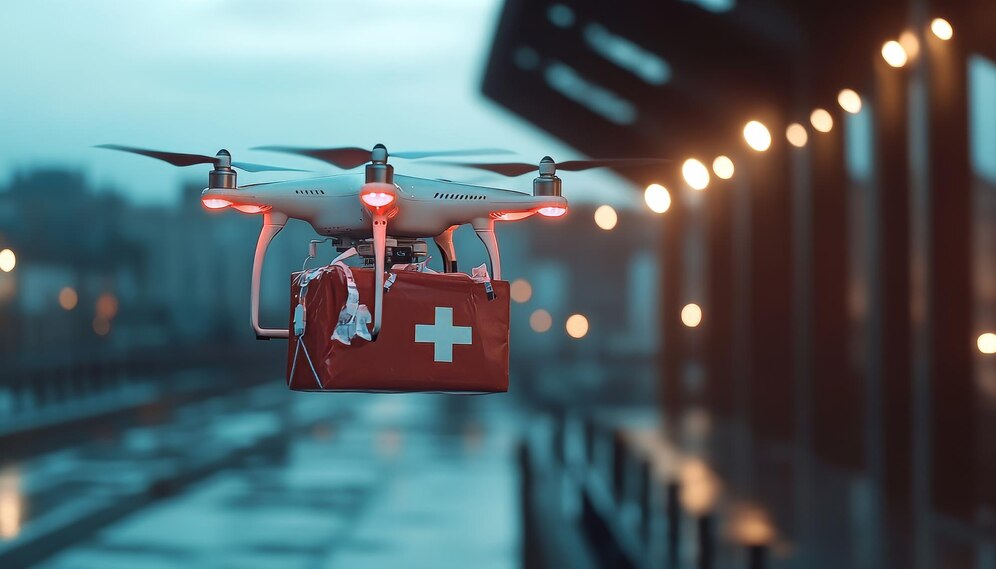
Medical Drones Advantages and Disadvantages
Advantages
Reaching Remote Areas in No Time
Arguably, the most significant benefit of medical drone delivery is its potential to bridge geographical gaps in healthcare provision. Drones can navigate through difficult terrain, delivering critical medical supplies and services to areas that would have otherwise been underserved. This transformative potential offers hope for a more equitable healthcare system.
Rapid Response in Emergencies
Drones can help improve response times in emergencies that require immediate attention. Their speed and ability to fly allow swift intervention in disaster scenarios where traditional transportation is disrupted. Rapidly dispatching medications or equipment to accident sites, conflict zones, etc., can be the difference between a person's life and death.
Data Collection and Analysis
Drones can collect data, helping healthcare professionals make better decisions. They can monitor disease outbursts, track environmental factors influencing health, evaluate healthcare infra needs, and much more. The data collected allows proactive public health management and leads to more targeted and effective public health interventions.
Telemedicine Support
Where immediate medical consultation is needed, but physical access to medical amenities is unavailable, drones can rescue by establishing connections between patients and doctors. Through live video feeds, healthcare providers can assess the patient's condition, provide advice, and even guide them through the required procedures. This accelerates medical care in emergencies and offers medical services to remote areas.
Disadvantages
Regulatory Complexities
Strict rules govern the use of drones to guarantee public safety and avert collisions. Keeping all the guidelines in mind, medical drones should be used without compromising safety. It is a somewhat complex process. Even after establishing a regulatory framework, there is a lot of fine-tuning to get things right. Striking the equilibrium is essential to make the most of drones' full potential in healthcare.
Tech Hurdles and Dependability
Dependability on drones, particularly in time-sensitive situations, must be addressed. Battery life, adverse weather conditions, navigation accuracy, and potential technical malfunctions must be considered before deploying drones in medical deliveries. Ensuring that drones can operate safely and in unpredictable environments is vital for their use in medical applications.
Integration With Healthcare Systems
Integrating drone delivery into existing healthcare systems is a complex challenge. Evolving protocols for dispatch, organization with medical teams, and interfacing with emergency response systems need thoughtful planning. Healthcare pros must also be trained to influence medical drones and respond to emergencies, including them effectively. Integrating drones into healthcare is complex and requires harmonious collaboration between medical workers, tech developers, and regulatory bodies.
Privacy And Public Perception
Medical drones are still considered a threat to patient privacy, so ensuring the safety of medical supplies and patient data is vital for drone medical delivery to succeed. Concerns about intrusion, noise pollution, and any potential mismanagement of drones will need to be addressed to garner adequate public support and increased public acceptance of transparent communication and proactive measures to ease concerns.
Medical drones are a life-saving technology that transforms healthcare delivery and emergency response. That, however, doesn’t make understanding their potential any easier. The road ahead might be extended, but the prospect of reshaping healthcare through medical drones makes it worthwhile. With lawmakers, drone producers, and healthcare people working together to make medical drones a reality at scale, it will only be a matter of time before drones become a buzz with the buzz of faster, more effective, life-saving medical delivery.

AI-Powered Drones in Healthcare
Traditional and AI drones are altering the healthcare supply chain by guaranteeing rapid and dependable delivery of medical supplies. Hospitals increasingly use these drones to transport medications, blood samples, and even organs for transplantation. This speeds up delivery times and improves the efficiency of medical services, particularly in remote areas.
Hospitals are using drones to deliver medications, which helps get medicines to patients faster. This is important, particularly in emergencies. These drones can quickly transport important medical items to guarantee patients get essential care without delays.
Furthermore, AI-powered drones have cutting-edge navigation and obstacle avoidance systems, guaranteeing safe and exact deliveries. These drones learn and adapt to their environments, improving their efficiency. They can move through complex spaces and adjust to diverse situations without help, particularly useful in healthcare.
The integration of AI in medical drone delivery promises to have a reasonably bright future. By continuing to revolutionize and adapt, we can harness the power of AI to advance patient care and offer safer, sustainable ways to celebrate our traditions.

Spectrum of the Medical Drone Services Market
According to a market research organization, the medical drone delivery services market will reach $1.9 billion in 2032. The snowballing application of medical drones in the healthcare industry is powering the market's growth by improving accessibility, delivery speed, and competence, providing lucrative solutions, and benefiting from tech advancements.
The key progressions in battery tech, navigation systems, obstacle detection, payload mechanisms, communication, and regulatory compliance have made drones viable for medical deliveries. Advances in battery tech, such as lithium-ion and solid-state batteries, have increased the flight time and range of medical drones, allowing for longer-distance deliveries without frequent recharging. High-precision GPS and GNSS technologies enable drones to navigate precisely in challenging environments.
Moreover, LIDAR and RADAR allow drones to detect and avoid obstacles, enhancing flight safety. Advances in payload tech enable drones to carry medical supplies, from medications to blood samples and even organs for transplantation.

What Types of Drones Do Medical Providers Use?
These drones have numerous lift-generating rotors. They are inexpensive and usually perfect for small medical deliveries. They are also ideal for aerial photography and data collection. Emergency response teams often use multi-rotor drones to aid in rescue operations.
Single Rotor
Single-rotor drones have just one rotor, similar to helicopters in design. Operationally, they are much more effective than multi-rotor drones and can fly longer. However, they are often heavier, complex, and expensive.
Some medical providers also use fixed-wing drones, which resemble aeroplanes, and fixed-wing hybrids, which integrate wings and rotors. These drones are better suited for flying long distances.
Passenger Ambulance Drones
Many companies now use passenger ambulance drones to transport patients and medical staff. They could transform emergency medical response soon.

Medical Drone Use Cases
Transporting Devices and Materials
Transporting medical supplies and equipment from patients was time-consuming and expensive. Several providers use drones to transmit items like small medical devices. Drones allow touchless interactions, helping reduce the spread of infectious diseases.
In addition, many practices use drones to deliver medical treatment kits directly to patients. This is particularly useful for patients who find travelling to a healthcare facility difficult.
Diagnostics
Medical providers use drones to transmit samples immediately. Drones are beneficial because they can fly efficiently between different points and overcome terrain challenges.
Spreading Vaccines
Global health providers are looking for ways to transmit vaccines to remote areas, and drones are helping. Drones allow safe and efficient access to hard-to-reach places through traditional delivery. By using drones, providers can guarantee that people who require vaccines can obtain them soon.
Enabling Home Healthcare
There is increasing demand for home healthcare, chiefly among older patients. By using drones, healthcare providers can transport medicine and reports and even conduct periodic inspections for safety purposes.

Need of Drone Pilots on the Rise
In an industry where time is precious, the medical delivery industry has embraced drones with both hands. This technology allows medical supplies to reach patients in considerably less time than traditional delivery.
With drone deliveries' increasing dependability and reliability, there is a growing need for drone pilots. The professionals who have the expertise and experience to propel drones for delivery are slowly but surely becoming the lifelines of the healthcare industry.
Coming to a Close
If you want to become a drone pilot or pilot instructor, you can come to us at Flapone Aviation. Here, you will get the best quality training at an unbeatable price, and you will be able to have the desired certification under your belt.
Related Blog
Latest updates and insights from Flapone Aviation.
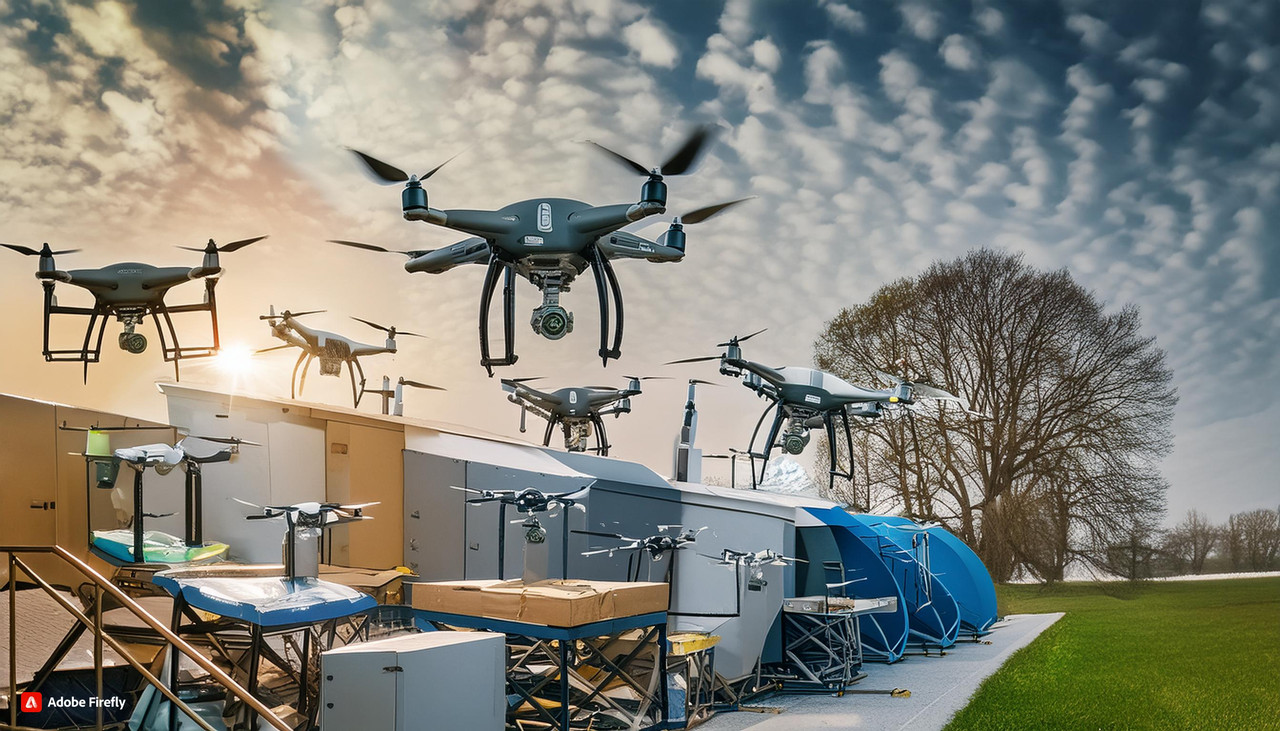
What Types of Drones Are Present in the Market?
October 8, 2024
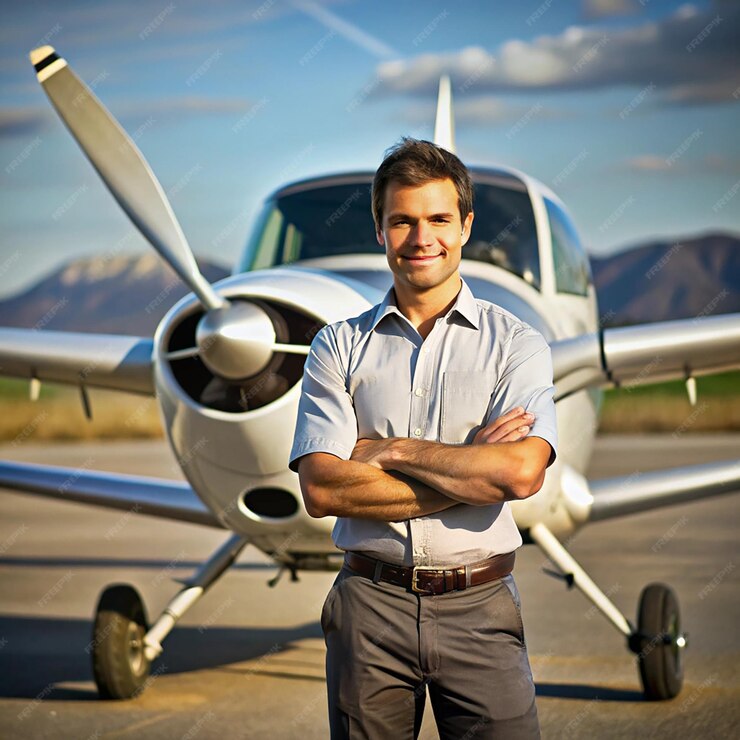
How to Become a Pilot After 12th in India?
February 7, 2025
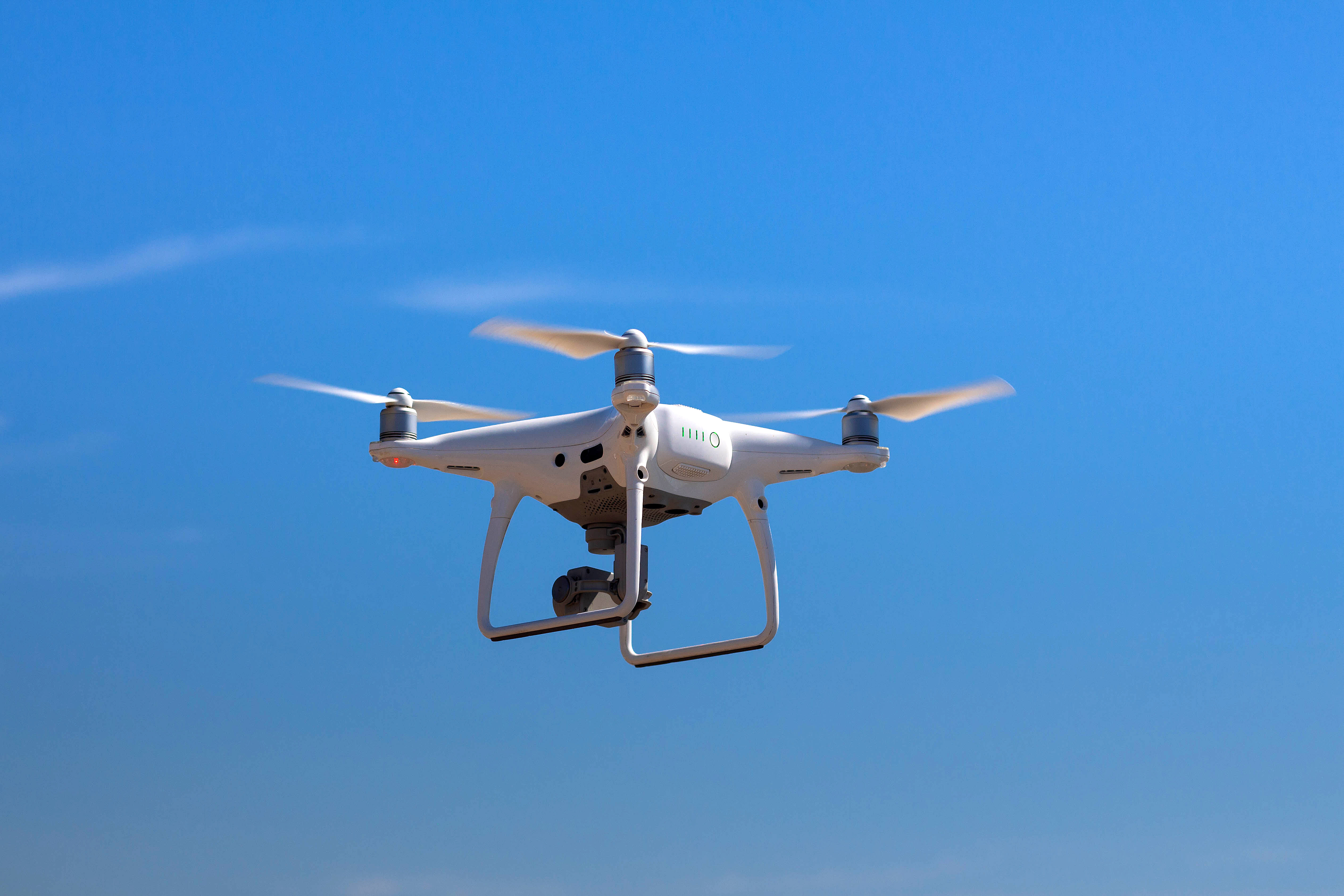
What are the Basics of Drone Piloting?
February 7, 2025
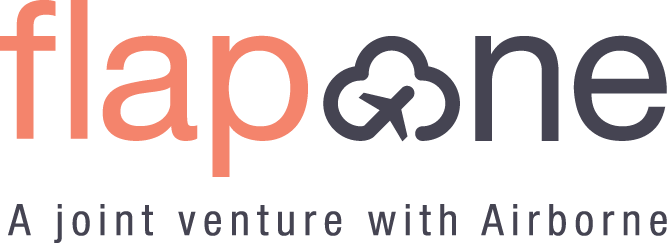



Author Bio
A dynamic and seasoned content writer with 6 years of experience curating content for different platforms. With the knowledge of all the cogs of content writing and SEO, he has served in various industries. He believes that content is the kingpin, and if penned well, it has a lasting impact on the minds of the readers. Apart from content creation, he is also an ardent poetry lover and performer. He has two publications of his poetry collection, namely Alfaaz and Chestha